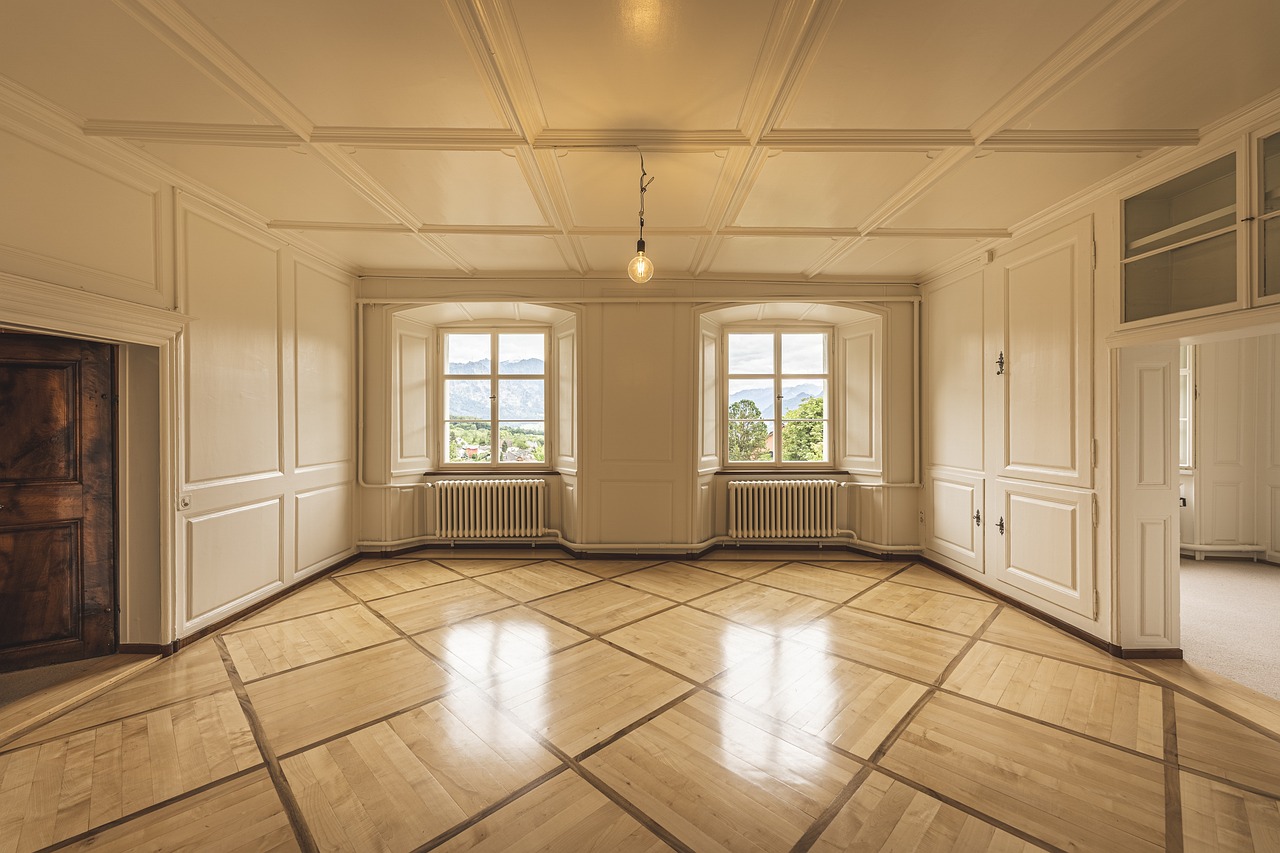10 Essential Features for Your Tiny House

10 Essential Features for Your Tiny House
Tiny houses have gained significant popularity in recent years, appealing to those seeking a simpler, more sustainable lifestyle. In this article, we will explore the essential features for your tiny house, ensuring it is functional, comfortable, and eco-friendly.
What is a Tiny House?
A tiny house is typically defined as a dwelling that is less than 400 square feet. These homes often come in various forms, including mobile units, which can be towed or parked in various locations. Tiny houses promote a minimalist lifestyle, encouraging owners to simplify their lives by downsizing their possessions and focusing on what truly matters.
As a result of various societal factors, including high living costs and environmental concerns, the movement toward tiny living has surged. Many individuals are realizing that they can live comfortably with less space and fewer belongings. This shift represents a significant change in lifestyle choices, leading to a newfound appreciation for simplicity and sustainability.
The Rise in Popularity of Tiny Living
With the rising cost of housing and a growing interest in sustainable living, the tiny house movement has gained traction across the globe. Many people, particularly millennials and Gen Z, are drawn to the idea of minimalism and eco-friendliness. Recent statistics indicate that the tiny house market has grown by over 20% in the past few years, reflecting the increasing interest in tiny living.
This movement is not just about reducing physical space but also about creating a sense of community and connection to nature. Tiny house owners often find joy in their ability to move freely, embrace outdoor living, and live more intentionally.
Essential Features for Your Tiny House
Designing a tiny house requires careful consideration of its features to ensure comfort and functionality. Here are ten essential features to include in your tiny house:
1. Efficient Space Utilization
When living in a tiny house, every square foot counts. Efficient space utilization is crucial for maximizing livability. This can be achieved through open floor plans and strategic layout designs that create a sense of spaciousness.
2. Multi-Functional Furniture
To optimize space in a tiny house, consider investing in multi-functional furniture. This type of furniture serves more than one purpose, such as a sofa that transforms into a bed or a dining table that doubles as a workspace.
3. Eco-Friendly Materials
Building a tiny house with eco-friendly materials not only reduces your environmental impact but also contributes to healthier living spaces. Consider using sustainable wood, recycled materials, and non-toxic paints.
4. Good Insulation
Proper insulation is vital for maintaining a comfortable temperature in your tiny house. High-quality insulation reduces energy costs and enhances the overall quality of life by minimizing drafts and maintaining a stable climate.
5. Ample Storage Solutions
Storage is often limited in tiny homes, making ample storage solutions essential. Utilize under-bed storage, built-in shelves, and cabinets that extend to the ceiling to maximize your storage potential.
6. Natural Lighting
Incorporating natural lighting into your tiny house design can make the space feel larger and more inviting. Large windows, skylights, and glass doors can create a bright and airy environment.
7. Functional Kitchen Design
A well-designed kitchen is critical in a tiny house. Focus on creating a functional kitchen design that allows for easy meal preparation and cooking. Compact appliances, efficient layouts, and sufficient countertop space are key elements to consider.
8. Comfortable Sleeping Arrangements
Comfortable sleeping arrangements are essential for a good night’s sleep. Whether you choose a lofted bed or a pull-out sofa, ensure that the sleeping space is cozy and well-ventilated.
9. Smart Home Technology
Incorporating smart home technology can enhance the efficiency and comfort of your tiny house. Smart thermostats, lighting systems, and security devices can make managing your home easier, even in a small space.
10. Outdoor Living Space
Lastly, consider adding an outdoor living space to your tiny house. Decks, patios, or small gardens can extend your living area and provide a connection to nature.
Conclusion
In summary, the essential features for your tiny house include efficient space utilization, multi-functional furniture, eco-friendly materials, good insulation, ample storage solutions, natural lighting, functional kitchen design, comfortable sleeping arrangements, smart home technology, and outdoor living spaces. By incorporating these elements, you can create a comfortable, functional, and sustainable tiny home.
As the tiny house movement continues to grow, more individuals are embracing this unique lifestyle. With careful planning and thoughtful design, your tiny house can be a sanctuary that supports your values and aspirations.


